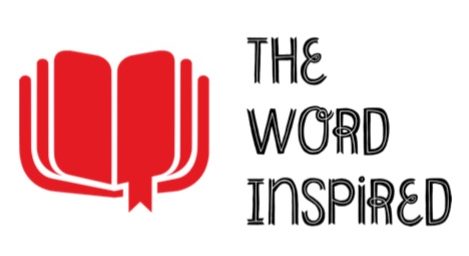For a clearer understanding of this post, please read “On the Blood Part 1” and “On the Blood Part 2.”
Jesus, the Christ, the Holy One of Israel, the Good Shepherd, subjected Himself to become the Lamb of God, slain from the foundation of the world (Revelation 13:8). He is the Passover Lamb; the medium through which we are atoned and can appear faultless before the throne of God (Jude 24, 25). God preached the gospel to ancient Israel and in part did so via the ordinance of Passover (Hebrews 4:2). This ceremony is a representation of the life of Christ. The passover lamb was killed on the fourteenth day of the first month, and Jesus, warning His the disciples of His ignominious death, says, “Ye know that after two days is the feast of the passover, and the Son of man is betrayed to be crucified” (Matthew 26:2).
And as we connect the dynamics of Christ’s death with the Passover organized by king Josiah, we see a parallel of characters: notice that Josiah, both a religious and political figure, organizes the killing of the passover lamb, just as the Jews and Romans coalesce to orchestrate and execute the killing of Jesus (1 Thessalonians 2:14, 15; Matthew 27:24-31). Church and state consolidate to crucify the Holy of One of Israel.
Recognize also that the passover lamb was roasted whole. Fire represents God’s judgment (Revelation 14:9-11). Roasting whole signifies the complete execution of God’s judgment. And on Christ was poured this wrath (Isaiah 58:10, 11; Philippians 2:8). For, He who knew no sin, for our sakes, became sin (2 Corinthians 5:21).
Even when we consider the feast of unleavened bread, we see that Jesus is the Bread of life (John 6:35), unleavened by sin and false doctrine (1 Corinthians 5:6-8; Matthew 16:6,12). This perfectness of character made Jesus a worthy vessel. Like the burnt offerings of old, Jesus was without fault before the throne of God, and was qualified to die in the space of humanity.
O, as His blood stained that tree and streamed down his skin, the penalty of sin was paid! On that ninth hour of the day, when the Passover lamb was wont to be slain, (Exodus 12:6; Haskell, 97), “Jesus cried with a loud voice, saying,…My God, my God, why hast thou forsaken me?” (Mark 15:34). It was in that hour that Jesus experienced full separation from the Father, for He became sin. It was in those moments that the heart of the Savior could no longer forbear. Jesus gave up the ghost.
But thank God, that early Sunday morning before, the day dawned, Jesus rose from the grave (John 20:1, 14-17)!
O that would we grasp this free gift! Redemption! Victory over sin is what Christ assures us when we accept Him. Jesus has the ability to take sinners like us and present us faultless before the throne of God (Jude 24, 25; Revelation 14:5). And no longer is salvation only for the Jews. For Jesus’ death and resurrection unites Jews and Gentiles as His blood breaks down the wall of partition between them. By His cross, He reconciles the twain and destroys the enmity, the law of commandments contained in ordinances (Ephesians 2:11-17). O the science of salvation is beyond comprehension, the themes whereof we would do well to study!
Amen!
Citation
Haskell, Stephen Nelson. The Cross and Its Shadow. Review and Herald Pub. Association, 1990.

Amen. Indepth post on the work that Christ did for us on calvary. Thank you and God bless you.
LikeLike
Praise God! Thank you, Sis. Beverly!
LikeLiked by 1 person